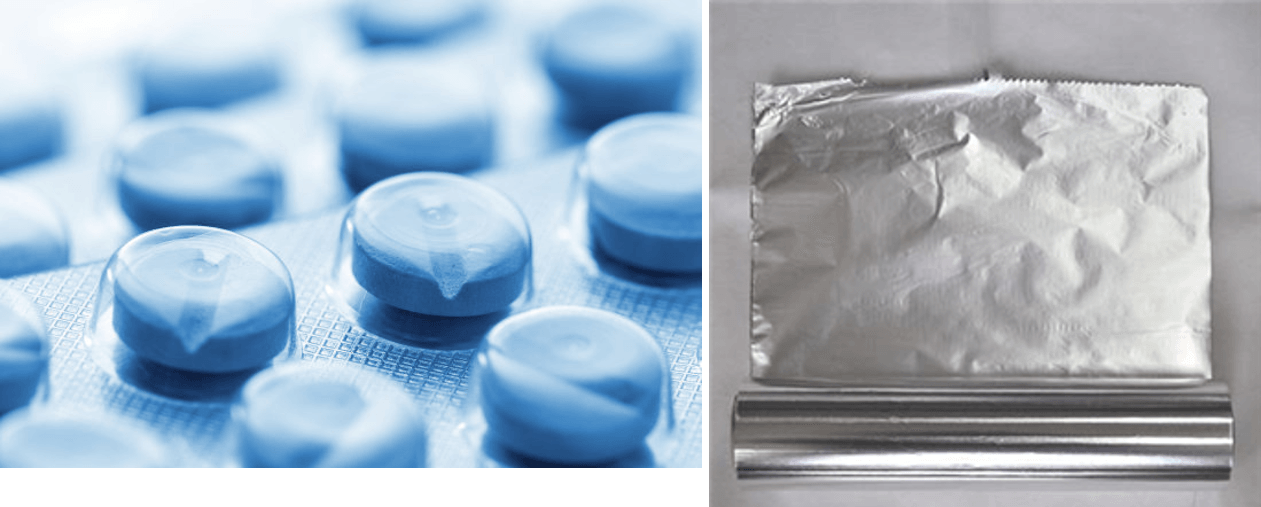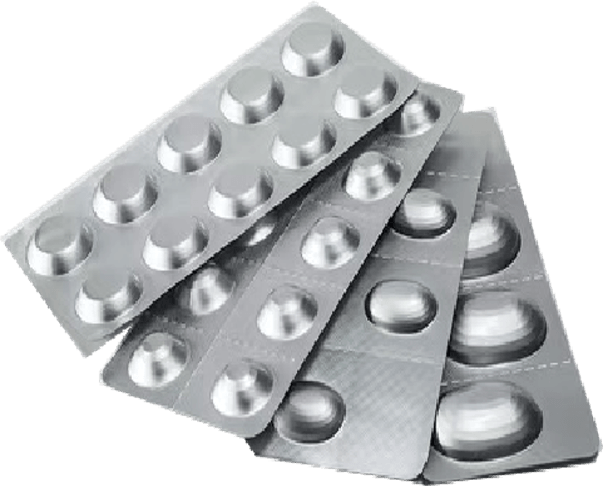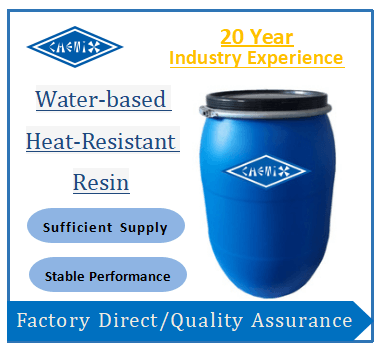Introduction

Innovations in Aluminum Blister Bonding
Recent advancements in aluminum blister bonding technology have paved the way for more efficient and sustainable production methods. From improved adhesive formulations to automated sealing techniques, these innovations aim to enhance performance while reducing environmental impact. The focus on environmentally friendly glue options has led manufacturers to explore alternatives that not only meet industry standards but also align with eco-conscious consumer demands.
The Importance of Sustainable Practices
The importance of sustainable practices cannot be overstated in today's market landscape. As consumers become more discerning about their choices, brands are under pressure to adopt solutions that minimize waste and promote recyclability. By utilizing biodegradable adhesives and other eco-friendly glue options, companies can significantly reduce their carbon footprint while still delivering high-quality products.
Understanding Blister Packaging Challenges
Despite its advantages, blister packaging does come with its own set of challenges that need addressing. One major issue is the environmental impact of traditional methods, which often rely on non-biodegradable materials that contribute to landfill waste. Additionally, many manufacturers struggle with questions like How to seal a blister pack? effectively while ensuring longevity and safety—highlighting the need for innovative solutions in aluminum blister bonding that prioritize sustainability without compromising quality.
The Science Behind Aluminum Blister Bonding

Aluminum blister bonding is a critical process in packaging, especially for pharmaceuticals and consumer goods. This method involves sealing a product between layers of aluminum and plastic, creating a protective barrier that maintains product integrity. Understanding the science behind aluminum blister bonding is essential for manufacturers aiming to optimize their packaging solutions while addressing environmental concerns.
What is Aluminum Blister Bonding?
At its core, aluminum blister bonding refers to the technique of using heat and pressure to bond aluminum foil with plastic substrates, forming airtight seals around products. This process not only ensures that items remain protected from moisture and contamination but also enhances shelf life significantly. As companies seek ways to improve packaging efficiency, knowing how to seal a blister pack effectively becomes paramount in maintaining product quality.
Key Benefits of Sustainable Methods
Embracing sustainable methods in aluminum blister bonding brings forth numerous advantages that extend beyond environmental responsibility. For starters, using environmentally friendly glue options can reduce the ecological footprint associated with traditional adhesives, which often contain harmful chemicals. Additionally, sustainable glue alternatives like biodegradable adhesives offer robust performance while promoting a cleaner planet—making them appealing choices for forward-thinking manufacturers.
Common Issues in Traditional Bonding
Despite its effectiveness, traditional aluminum blister bonding faces several challenges that can hinder production efficiency and sustainability efforts. One major issue is the reliance on conventional adhesives that may not adhere well under varying temperature conditions or during transportation—leading to compromised seals and wasted materials. Moreover, what is the problem with blister packaging? Many traditional methods contribute significantly to landfill waste due to non-biodegradable components; thus highlighting an urgent need for innovative solutions like eco-friendly glue options.
Environmentally Friendly Adhesives in Action

As the demand for sustainable practices rises, the industry is witnessing a surge in environmentally friendly glue options tailored for aluminum blister bonding. These eco-friendly glues not only minimize environmental impact but also maintain high performance standards that ensure product safety and integrity. By exploring these innovative adhesives, manufacturers can address pressing questions like What is the problem with blister packaging? and move towards more sustainable solutions.
Exploring Eco-Friendly Glue Options
When it comes to aluminum blister bonding, eco-friendly glue options are paving the way for a greener future. These adhesives often utilize natural materials or non-toxic chemicals that reduce harmful emissions during production and application. Additionally, many environmentally friendly adhesives offer similar bonding strength as traditional options, making them an attractive choice for companies looking to enhance their sustainability practices without compromising quality.
The rise of sustainable glue aligns with increased consumer awareness regarding environmental issues; people are now more inclined to support brands that prioritize eco-friendliness. As such, businesses are re-evaluating their adhesive choices to incorporate environmentally friendly glue into their processes. This shift not only addresses consumer demands but also contributes to reducing waste associated with conventional packaging methods.
Biodegradable Adhesives: A Deeper Dive
Biodegradable adhesives represent a significant advancement in the realm of sustainable glue solutions for aluminum blister bonding. These types of adhesives break down naturally over time, minimizing long-term environmental impact—a crucial factor when considering What is the problem with blister packaging?. Unlike traditional glues that can persist in landfills for decades, biodegradable alternatives decompose into harmless substances, thereby alleviating some ecological concerns.
Moreover, biodegradable adhesives can be derived from renewable sources such as plant-based materials or natural resins, further enhancing their sustainability credentials. The use of these environmentally friendly adhesive options can significantly reduce a company's carbon footprint while still delivering reliable performance necessary for effective sealing of blister packs. With ongoing research and development in this field, we can expect even more innovative biodegradable solutions to emerge.
Case Studies of Successful Applications
Several companies have successfully adopted environmentally friendly adhesives within their aluminum blister bonding processes, showcasing both effectiveness and sustainability benefits. For instance, one pharmaceutical company switched from traditional glues to a water-based biodegradable adhesive for its product packaging—resulting in reduced VOC emissions and improved workplace safety without sacrificing bond strength or shelf life. This transition not only met regulatory requirements but also enhanced brand image among eco-conscious consumers.
Another case involved a cosmetic brand that implemented an eco-friendly glue solution in its packaging design; they reported significant reductions in material waste due to improved sealing techniques using sustainable glue options. The positive feedback from customers highlighted how much they appreciated the brand's commitment to sustainability while maintaining high-quality products—illustrating the potential market advantages of adopting green practices.
These examples underline the importance of embracing environmentally friendly adhesive technologies as part of broader efforts toward sustainable manufacturing processes within industries reliant on aluminum blister bonding.
How to Seal a Blister Pack Efficiently

Sealing a blister pack efficiently is crucial for ensuring product integrity and consumer safety. The process of aluminum blister bonding involves various techniques that can enhance the effectiveness of the seal, thereby addressing common concerns with blister packaging. By employing these methods, manufacturers can significantly reduce waste and improve sustainability efforts.
Techniques for Effective Sealing
When it comes to sealing a blister pack, precision is key. Techniques such as heat sealing and cold sealing are commonly used; both methods have their unique advantages depending on the specific application. Heat sealing utilizes temperature to bond materials, while cold sealing relies on pressure and environmentally friendly glue to create a strong seal without the need for additional heat, making it an excellent option for sensitive products.
Another important technique is using the right type of aluminum blister bonding adhesive that suits your packaging requirements. Some adhesives are designed specifically for compatibility with various materials and can enhance overall performance. By selecting an appropriate method tailored to your product's needs, you can optimize seal integrity while minimizing waste.
The Role of Sustainable Materials
Sustainable materials play an essential role in modern packaging solutions, particularly when discussing how to seal a blister pack effectively. Incorporating eco-friendly glue or environmentally friendly adhesives not only supports environmental goals but also meets consumer demand for greener products. By switching from traditional adhesives to biodegradable adhesives or sustainable glue options, manufacturers can significantly lessen their environmental footprint.
Moreover, using sustainable materials ensures that the entire aluminum blister bonding process aligns with current eco-conscious practices. This transition not only addresses what is the problem with blister packaging but also enhances brand reputation among consumers who prioritize sustainability in their purchasing decisions. Embracing these materials reflects a commitment to responsible manufacturing while still delivering high-quality products.
Tips for Optimal Bonding Strength
Achieving optimal bonding strength in aluminum blister bonding requires attention to detail throughout the process. First and foremost, ensure surface cleanliness; contaminants can drastically reduce adhesive performance and lead to seal failures—definitely not what you want! Additionally, consider adjusting pressure settings during sealing; too much pressure might compromise material integrity while too little could result in weak seals.
It's also beneficial to conduct thorough testing of different environmentally friendly glue options before settling on one—trial and error can help identify which adhesive performs best under specific conditions. Lastly, always remain informed about advancements in biodegradable adhesives; innovation in this field continues at a rapid pace, providing new opportunities for improved efficiency and sustainability in your processes.
The Problems with Blister Packaging

Blister packaging has become a staple in various industries, but it comes with its own set of challenges. One of the most pressing issues is the environmental impact associated with traditional aluminum blister bonding methods. These practices often involve non-biodegradable materials and harsh adhesives that contribute to pollution and waste, raising questions about sustainability in packaging solutions.
Environmental Impact of Traditional Methods
The environmental impact of traditional blister packaging methods cannot be overstated. Conventional aluminum blister bonding typically relies on petroleum-based adhesives that are not only harmful to the environment but also difficult to recycle. As consumers become more eco-conscious, the question What is the problem with blister packaging? becomes increasingly relevant, highlighting the urgent need for a shift toward environmentally friendly glue options that minimize ecological footprints.
Identifying Alternatives to Conventional Adhesives
Identifying alternatives to conventional adhesives is crucial for addressing the problems posed by traditional aluminum blister bonding techniques. Eco-friendly glue options are emerging as viable substitutes, offering similar performance without compromising environmental integrity. By exploring sustainable glue choices, manufacturers can reduce their reliance on harmful substances while still achieving effective sealing—answering the question How to seal a blister pack? in a greener way.
The Push for Biodegradable Solutions
The growing push for biodegradable solutions is reshaping how industries approach packaging challenges like those presented by blister packs. Biodegradable adhesives are gaining traction as they provide an environmentally friendly alternative that breaks down naturally over time, thus reducing landfill contributions from discarded packaging materials. This movement toward sustainable glue not only addresses consumer concerns but also aligns businesses with global sustainability goals—making it clear that eco-friendly options are not just trends; they're essential for our planet's future.
Chemix's Water-Based Resin Solution

In the quest for sustainable solutions in aluminum blister bonding, Chemix's water-based resin stands out as a promising alternative to traditional adhesives. This innovative product not only addresses the pressing need for environmentally friendly glue but also enhances the overall efficiency of sealing blister packs. By utilizing water as a primary solvent, Chemix’s resin minimizes harmful emissions and promotes a healthier work environment.
Features of Water-Based Resin
Chemix's water-based resin is designed with versatility and performance in mind, making it ideal for various applications in blister packaging. It boasts excellent adhesion properties that ensure robust bonding while remaining free from volatile organic compounds (VOCs). Additionally, this environmentally friendly adhesive offers quick drying times, allowing manufacturers to streamline their production processes without sacrificing quality.
Benefits of Using Water-Based Adhesives
The benefits of using water-based adhesives extend beyond just environmental considerations; they also enhance operational efficiency in aluminum blister bonding. These sustainable glues are non-toxic and safe for use in food packaging, addressing concerns about chemical exposure while ensuring product integrity. Furthermore, the incorporation of biodegradable adhesives contributes to reducing waste and environmental impact associated with traditional methods—definitely a win-win situation!
Future Trends in Sustainable Bonding
As industries increasingly prioritize eco-friendly practices, the future trends in sustainable bonding point toward greater adoption of water-based resins like those offered by Chemix. Innovations will likely focus on improving the performance characteristics of these environmentally friendly glues while expanding their applications across different sectors. With ongoing research into biodegradable adhesives and other sustainable materials, we can expect a significant shift towards more responsible manufacturing practices that address common problems with blister packaging.
Conclusion

As we wrap up our discussion on aluminum blister bonding and its sustainable alternatives, it's clear that the industry is undergoing a significant transformation. The shift towards environmentally friendly glue options is not just a trend; it’s a necessity in today’s eco-conscious market. By embracing these innovations, we can mitigate the issues associated with traditional blister packaging and pave the way for a greener future.
The Shift Towards Sustainable Glue Options
The transition to sustainable glue options marks an exciting era in aluminum blister bonding technology. Eco-friendly glue not only reduces environmental impact but also improves product safety and consumer trust. As companies increasingly recognize the importance of using environmentally friendly adhesives, we can expect to see more biodegradable adhesives gaining traction across various industries.
Addressing Common Blister Packaging Issues
What is the problem with blister packaging? Traditional methods often involve harmful solvents and non-biodegradable materials that contribute to pollution and waste. By identifying these issues, manufacturers can explore alternatives like water-based resins and other environmentally friendly adhesive solutions that not only solve existing problems but also enhance overall product integrity.
The Future of Eco-Friendly Bonding Solutions
Looking ahead, the future of eco-friendly bonding solutions appears bright as innovations continue to emerge in aluminum blister bonding technologies. With an emphasis on sustainability, manufacturers will likely prioritize biodegradable adhesives that align with global environmental goals. As we move forward, it will be crucial for the industry to adopt practices that not only meet regulatory standards but also resonate with consumers seeking responsible packaging options.
